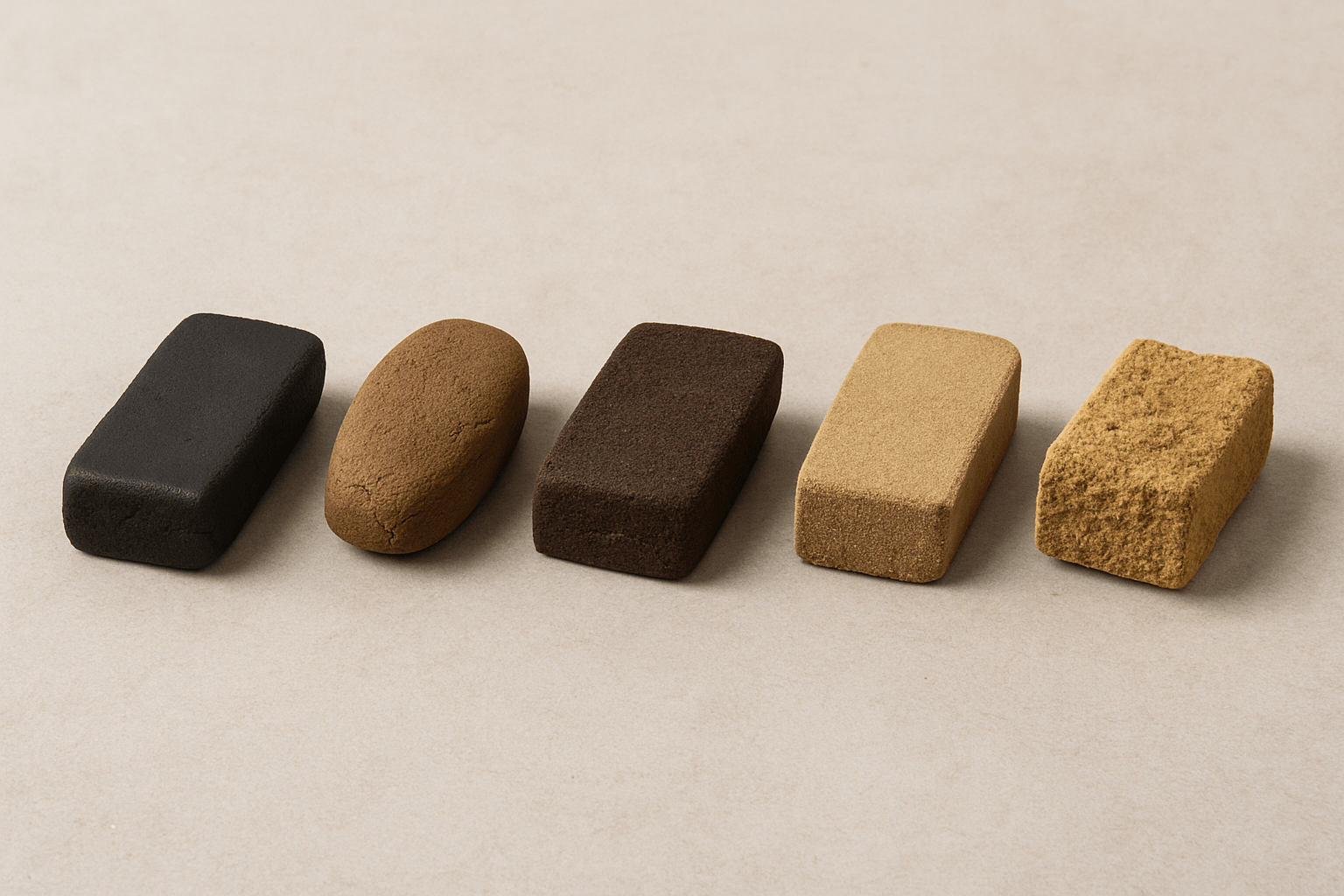
The Most Potent CBD Hash in Switzerland – The Ultimate Guide
The quest for the “most potent” CBD hash is a hot topic in the Swiss market. But what does “potent” really mean? Is it just a number on a label, or a more complex experience?
Unlike its European neighbors, Switzerland benefits from a unique legal framework (THC allowed up to 1% 1), which dramatically changes the game. Let’s dive into the world of Swiss hash to uncover what lies behind the promise of potency.
Important: The information provided here is general and not medical advice. For therapeutic use, consult a healthcare professional.
1. “Potency”: CBD Content vs. Entourage Effect
Before crowning a winner, it’s important to understand that potency is multifactorial.
CBD Content: The Obvious Metric
This is the most direct measurement. A hash with 50% CBD contains more cannabidiol than one with 20%. However, this number alone doesn’t tell the whole story. There are several categories:
- Traditional Hash: 20% to 30% CBD
- Premium Hash (Filtered, Sift): 40% to 60% CBD
- “Boosted” Products (Ice Rocks, etc.): 70% to 80% CBD
- Pure Extracts (Dabs, Wax): 85% to 99% CBD
The Entourage Effect: True Potency
This is the most important concept. “Potency” is not only the effect of CBD, but the synergy of all plant compounds 2:
- Cannabinoids: CBD, CBG, CBN, CBC, and even <1% THC
- Terpenes: Aroma molecules (myrcene, limonene…) that also modulate effects
- Flavonoids: Other plant compounds
A 50% CBD “full spectrum” hash will often be perceived as much more “potent” and effective than an 80% product made by sprinkling CBD isolate on low-quality resin.
2. The Swiss Advantage: The Key of <1% THC
The 1% THC limit (compared to 0.3% in the EU) allows producers to create hash that retains a much broader cannabinoid profile. This small percentage of THC, while non-psychoactive, acts as a “booster” for the entourage effect, making other cannabinoids more effective.
3. The Swiss Market: Who Has the Highest CBD Content?
Analyzing the market, we can classify the most potent products into three categories.
Category 1: The Most Potent “Natural” Hash (40% - 60%)
These are pure resins, without added isolate. It’s the “grail” for purists, where extraction quality is key.
- Static Sift (or “Static Tech”): 2025 trend. This method uses static electricity for incredible purity. Products reach up to 58% CBD.
- 3x or 4x Filtered: High-quality standard. Example: “4x Filtered Bubble Gum” by La Plaquette at 47% CBD.
- Piattella: Another “Top Shelf” method reaching 49% CBD.
Brands like Swiss Premium Pollen, Goldbar420, and Cannabis Sommelier are benchmarks, focusing on purity and terpene richness rather than just numbers.
Category 2: The “Boosted” Products (70% - 80%)
Exceeding 60% usually requires intervention. These products are technically composites.
- Ice Rocks / Moon Rocks / Meteorit: The concept is to soak a flower in a CBD extract (wax) and then roll it in pollen. Result: visually impressive product with CBD levels up to 80% or more.
Category 3: Pure Extracts (85% - 99%)
This is no longer hash but the most potent concentrate.
- Wax, Crumble, Diamonds: In Switzerland, “CBD Diamonds” (CBD crystals) reach 98% CBD (from Stay High Swiss). Consumed via dab rig or specialized vaporizer.
Conclusion: Which One to Choose?
The answer depends on your definition of “potent”:
- Most Potent Traditional Hash (For Purists): Static Sift (~58% CBD) with natural entourage effect.
- Most Potent Hash-Type Product (Highest CBD): Ice Rocks / Meteorit (~80% CBD).
- Most Potent CBD Product (All Categories): CBD Diamonds (~98% CBD).
For an authentic and potent “hash” experience, the advice is clear: ignore extreme numbers (80%+) and look for a Static Sift or 4x Filtered around 45-55% from a reputable Swiss brand. As experts like Swiss Premium Pollen show, true potency lies in synergy.
Footnotes
-
Swiss Federal Office of Public Health (FOPH/BAG). “Legal status of hemp- and cannabis-based products” (accessed November 14, 2025). https://www.bag.admin.ch/bag/en/home/gesund-leben/sucht-und-gesundheit/cannabis/rechtslage-hanfprodukte.html ↩
-
Russo E. B. “Taming THC: potential cannabis synergy and phytocannabinoid-terpenoid entourage effects”, British Journal of Pharmacology, 2011. https://pubmed.ncbi.nlm.nih.gov/21749363/ ↩